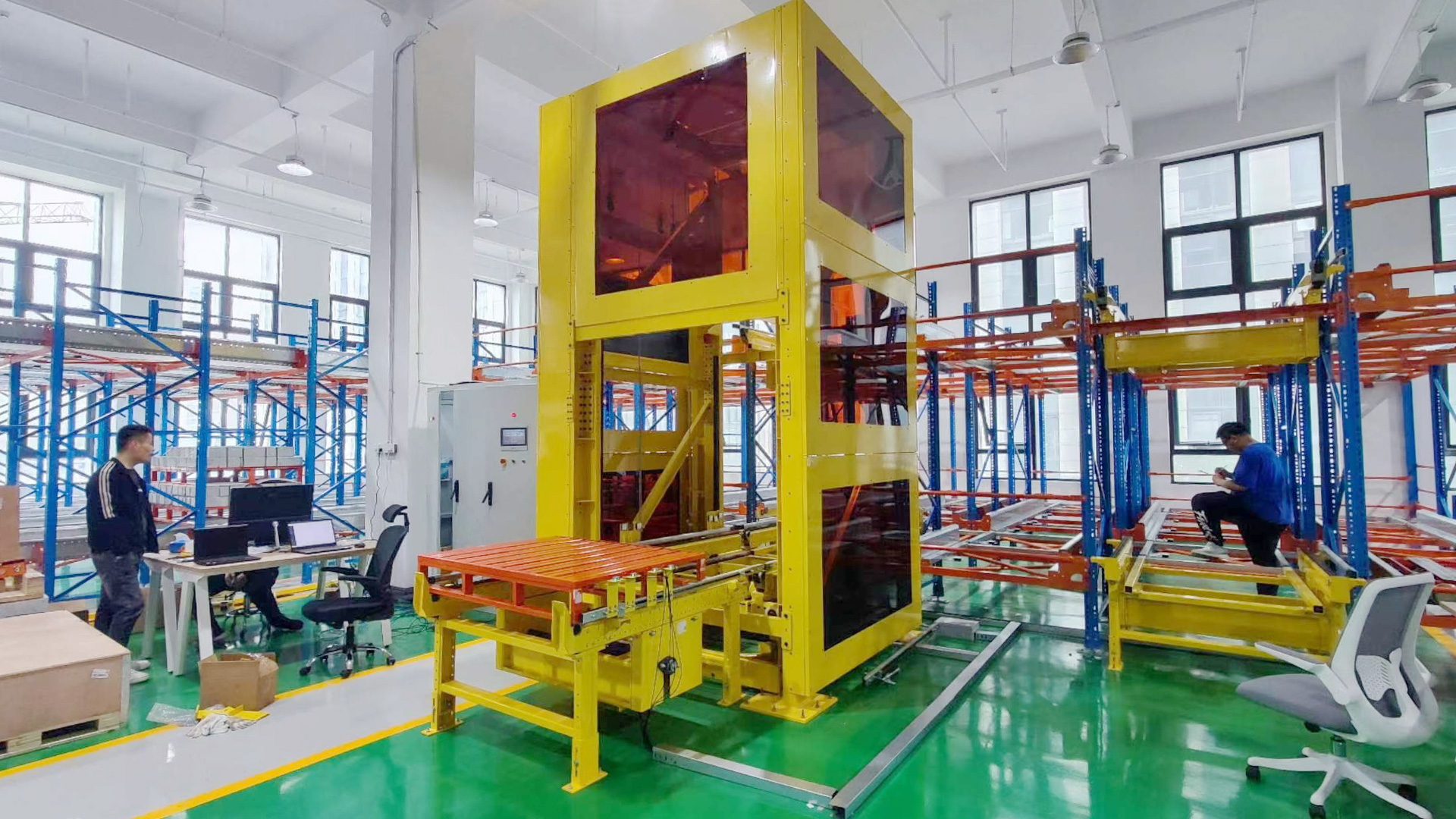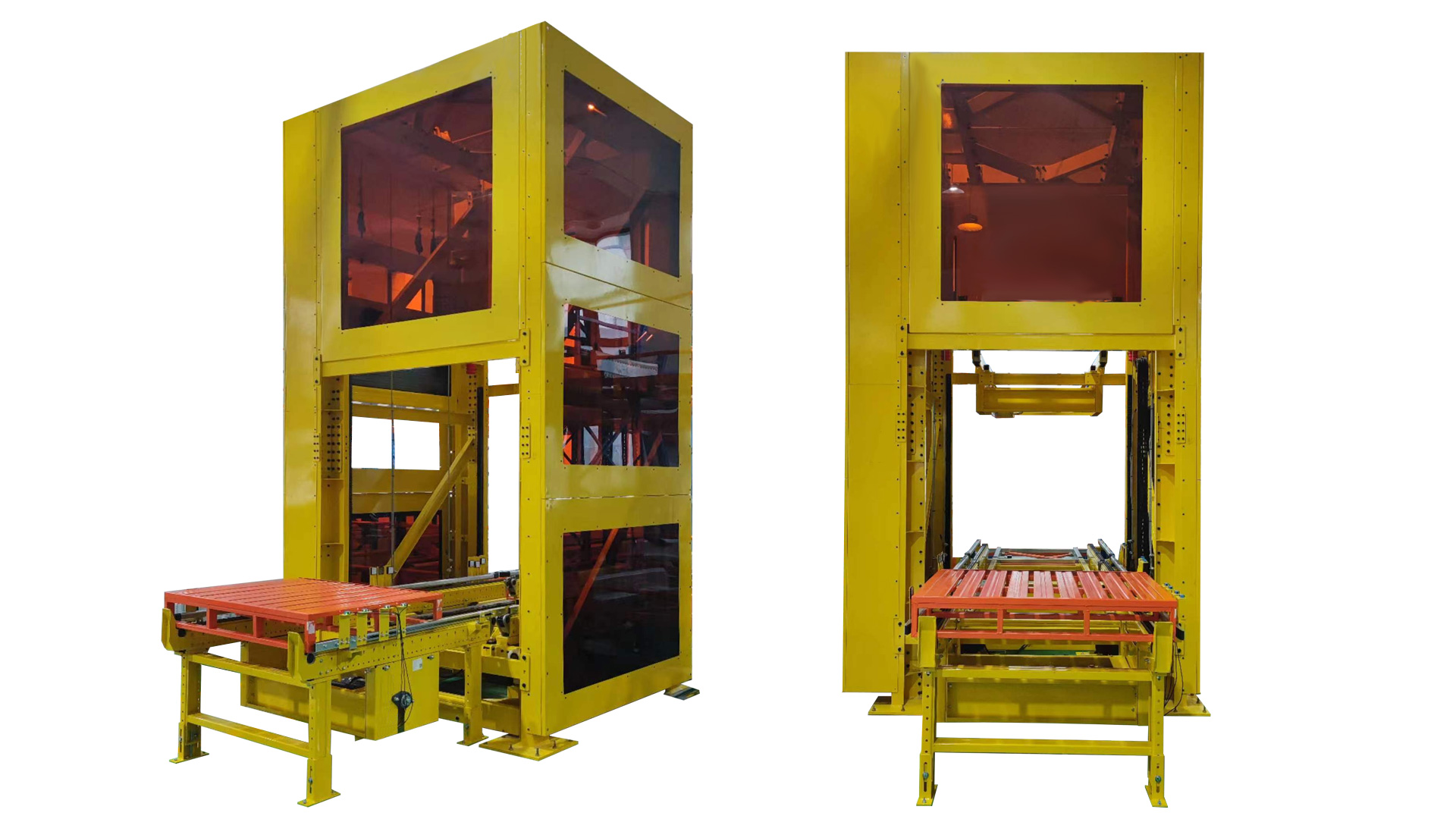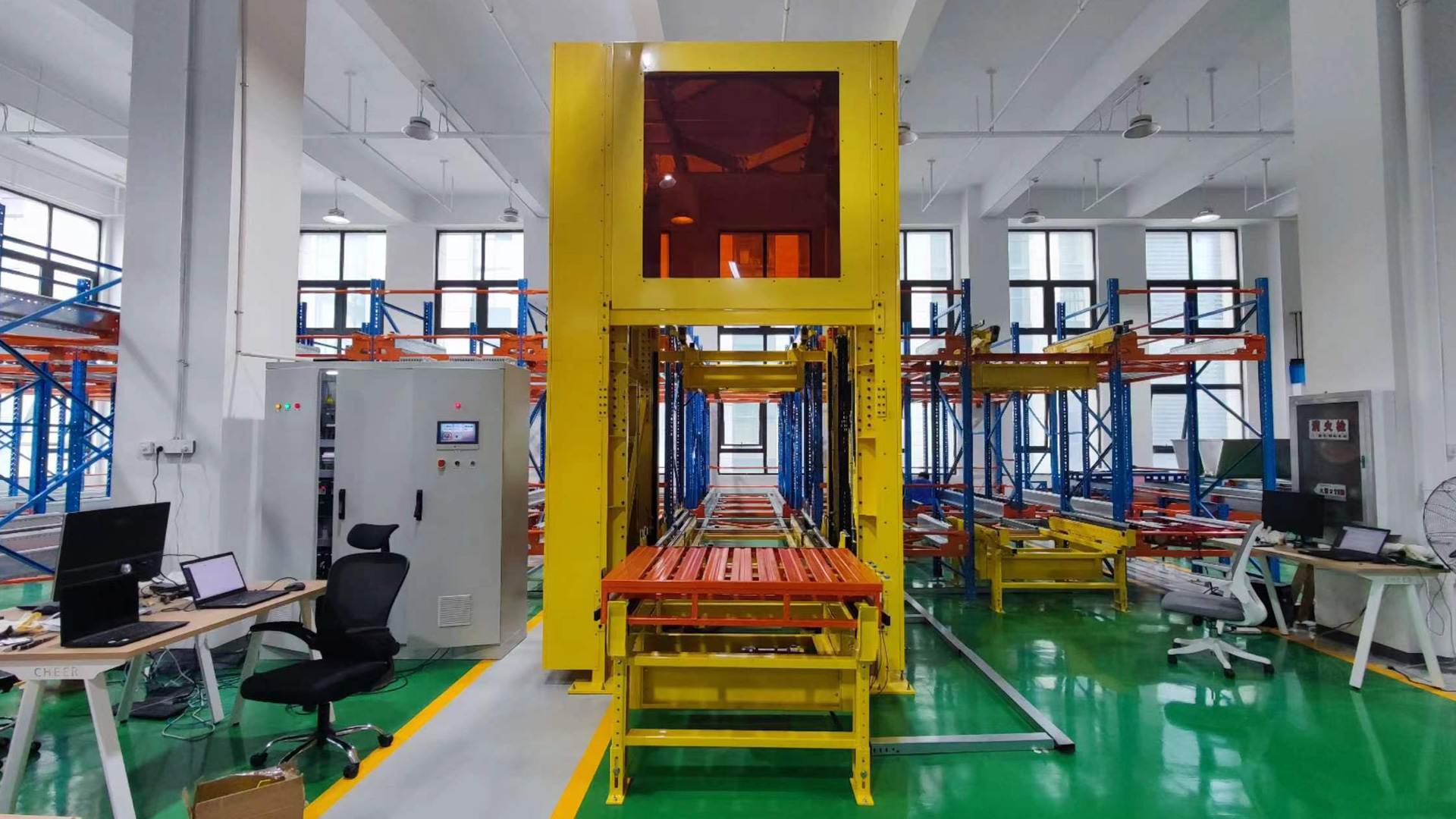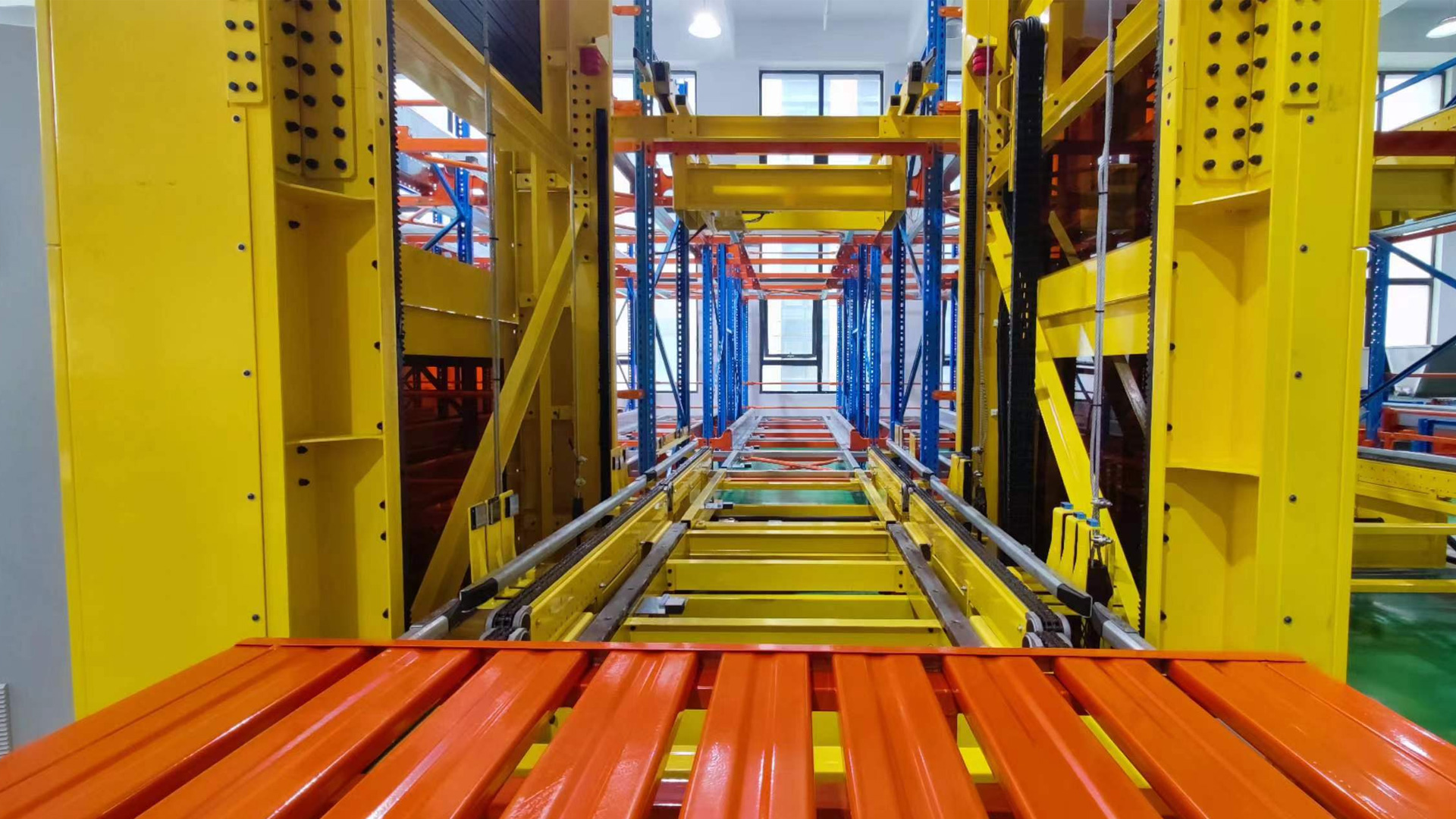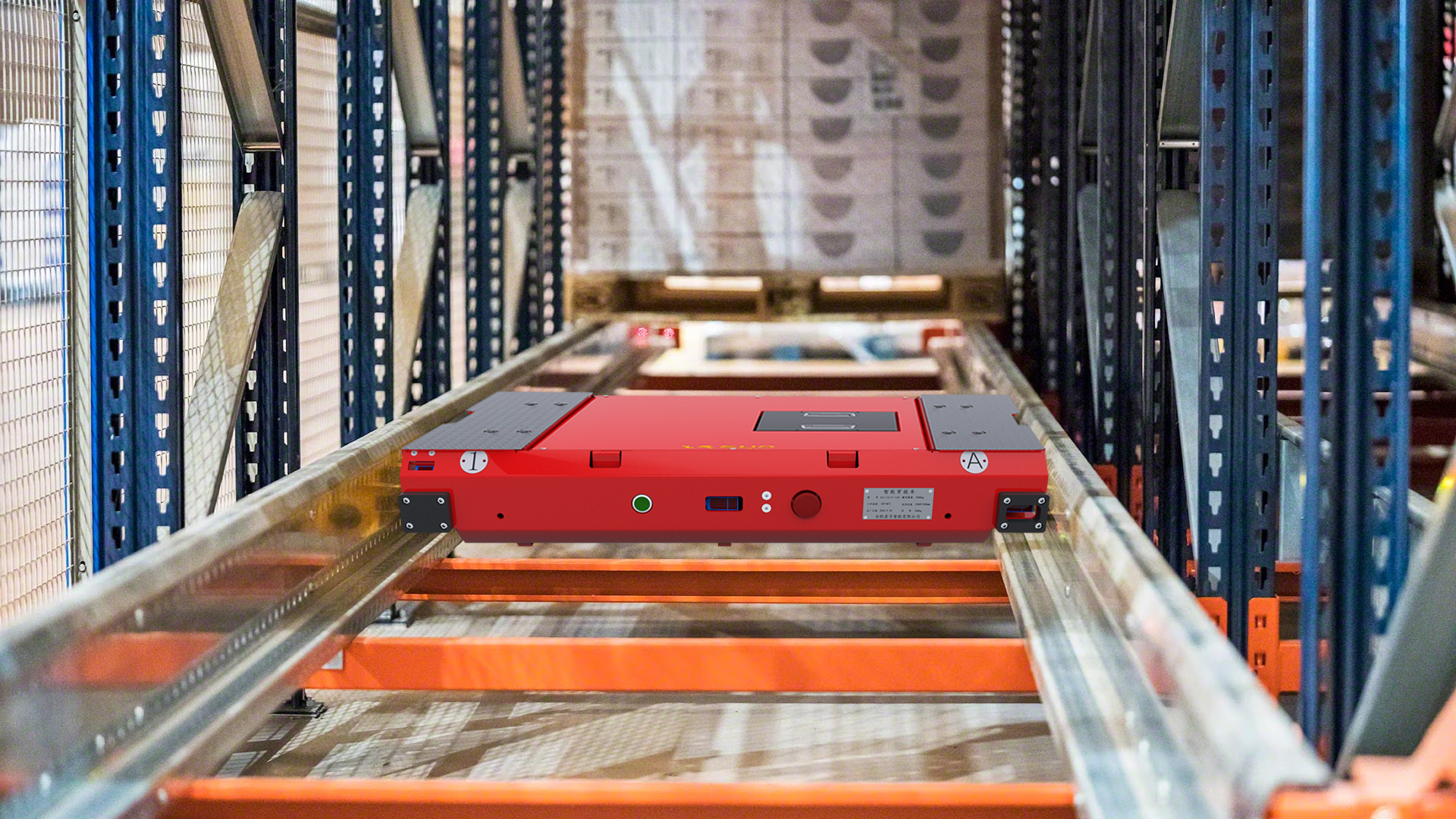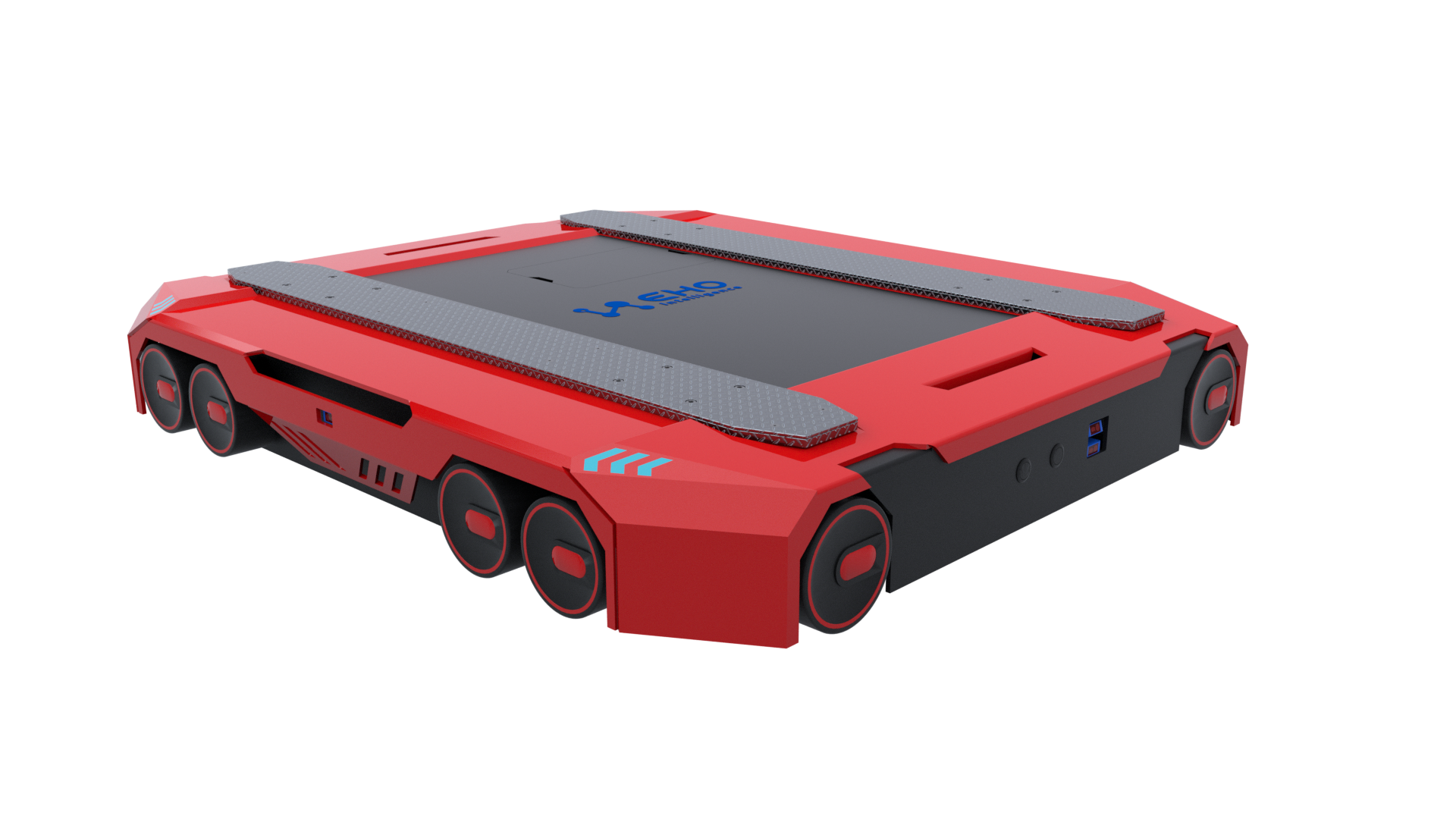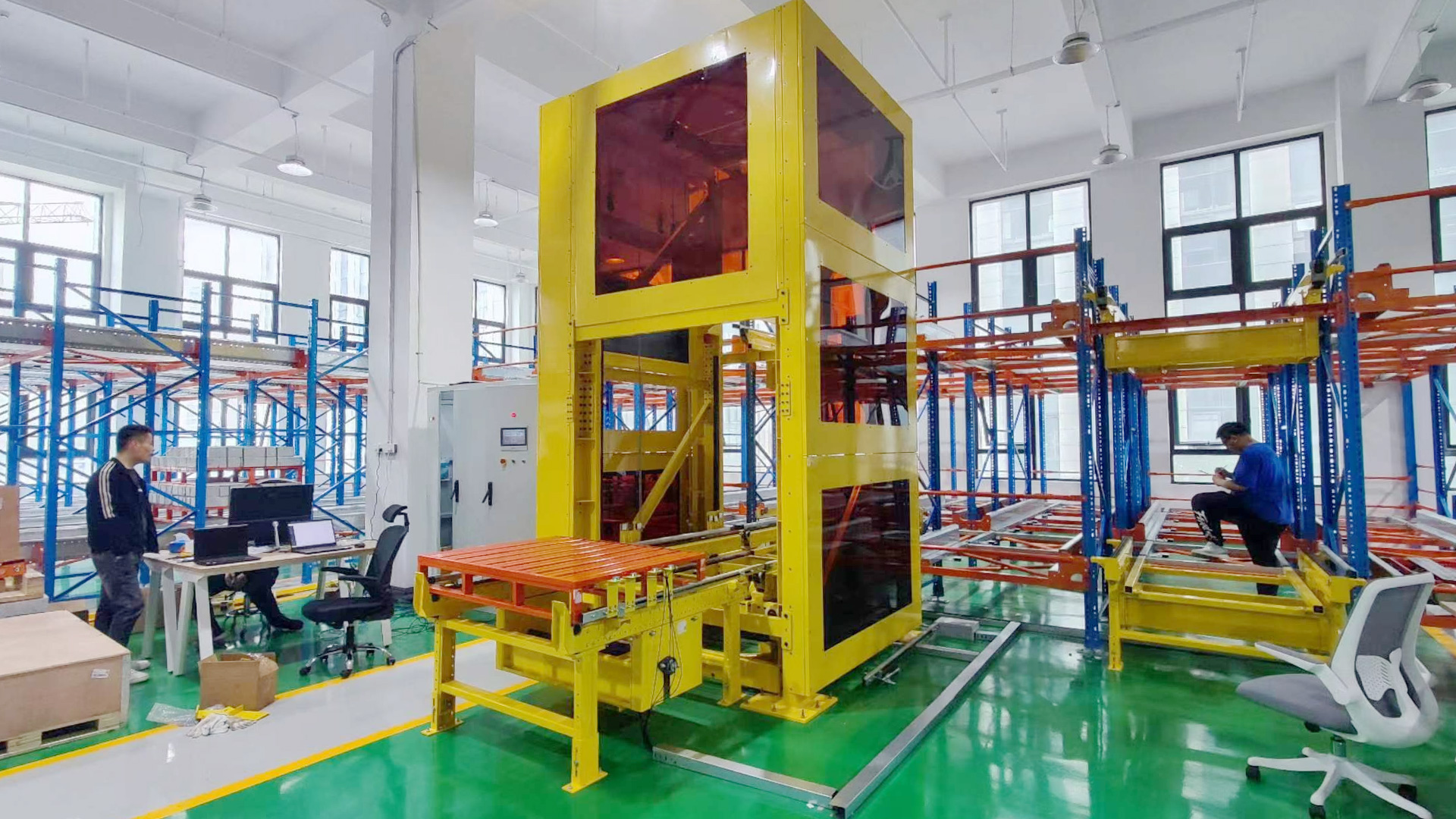Reciprocating lift, also known as a reciprocating conveyor or reciprocating platform, is a type of mechanical lifting device that operates on the principle of reciprocal (back and forth) motion. This technology is primarily utilized in various industrial and material handling applications where precise, vertical lifting and positioning of loads are required.
Key Features:
-
Reciprocal Motion: The core mechanism of a reciprocating lift involves a platform or tray that moves in a linear, back-and-forth motion along a vertical guide track. This motion is typically powered by electric motors, pneumatics, or hydraulics, depending on the specific application and required force.
-
Precision and Control: Reciprocating lifts are known for their precision in lifting and positioning loads. They often incorporate sensors and control systems to ensure accurate stopping at desired heights, making them ideal for applications that demand high levels of accuracy.
-
Versatility: These lifts can be customized to fit a wide range of load capacities, travel heights, and operational speeds. They can also be integrated into automated systems, allowing for seamless integration into existing manufacturing or processing lines.
-
Space-Saving: Unlike some other lifting systems, reciprocating lifts do not require a large footprint. Their vertical motion maximizes space utilization, making them suitable for environments with limited floor space.
-
Durability and Reliability: Constructed from robust materials and designed for continuous operation, reciprocating lifts are built to withstand the rigors of industrial use. Regular maintenance and inspections can help ensure long-term reliability and minimize downtime.
Applications:
- Assembly Lines: In manufacturing, reciprocating lifts can be used to position components at specific heights for assembly operations.
- Packaging: They are ideal for lifting and positioning products for packaging, labeling, or inspection processes.
- Material Handling: In warehouses and distribution centers, these lifts facilitate the loading and unloading of goods onto conveyors, shelves, or other transportation systems.
- Automation: Reciprocating lifts often serve as key components in automated systems, enabling the seamless transfer of materials between different stations or processes.
- Maintenance and Repair: In maintenance shops, they can be used to lift heavy equipment or machinery to convenient working heights.
In summary, reciprocating lifts offer a versatile, precise, and space-efficient solution for a multitude of lifting and positioning tasks across various industries. Their ability to integrate into automated systems and their durability make them a valuable asset in many industrial settings.





